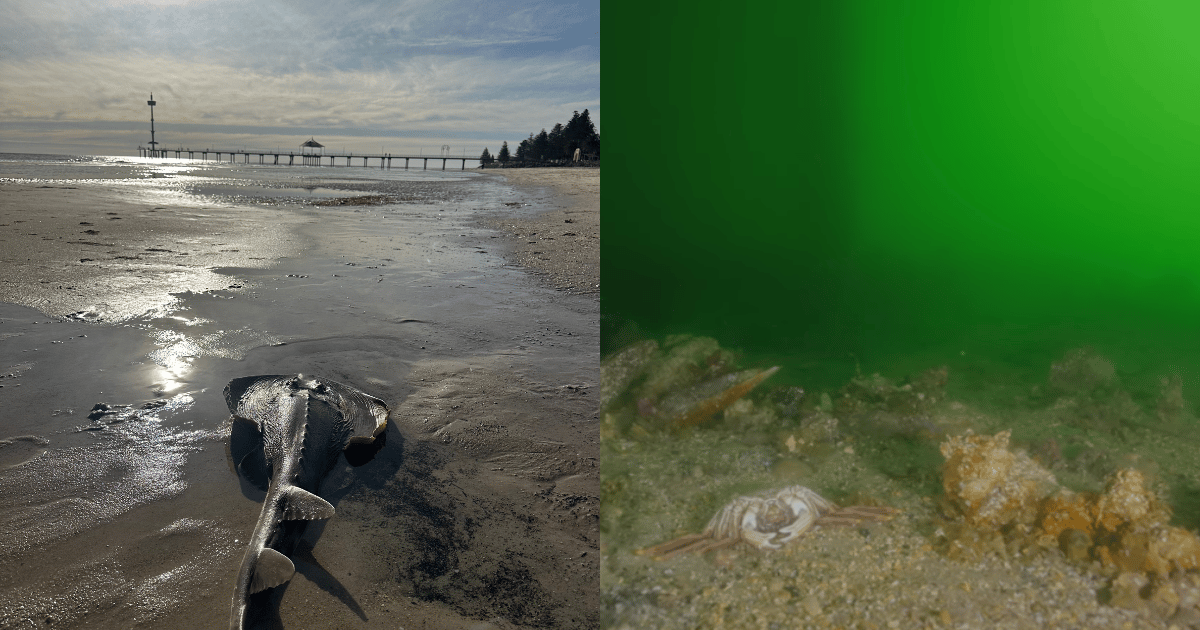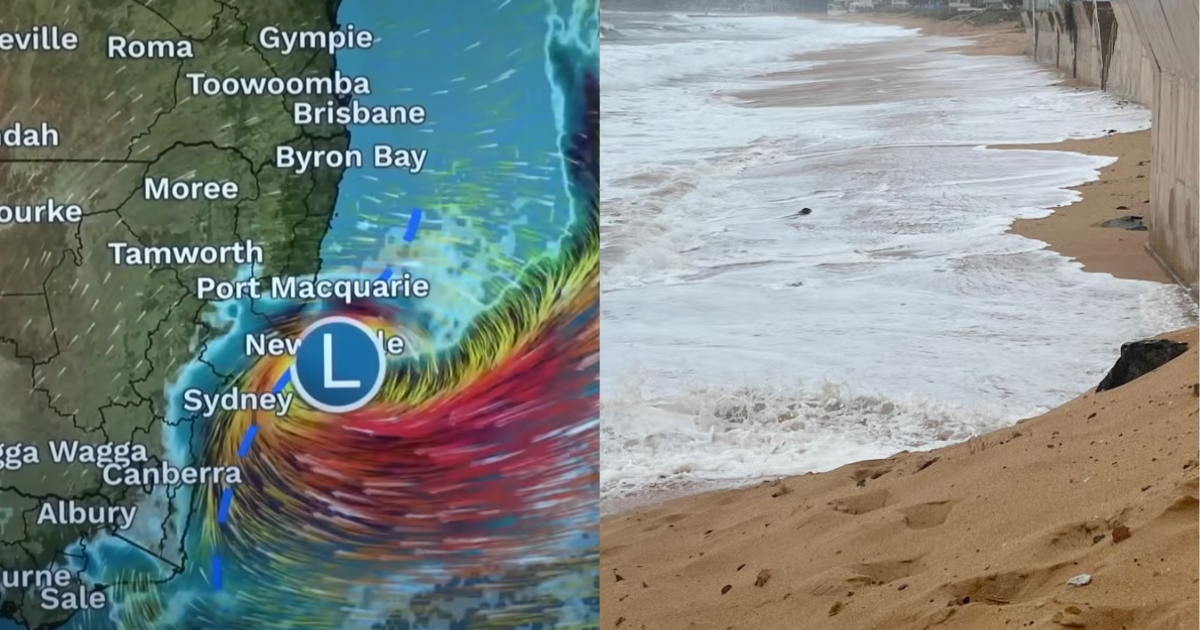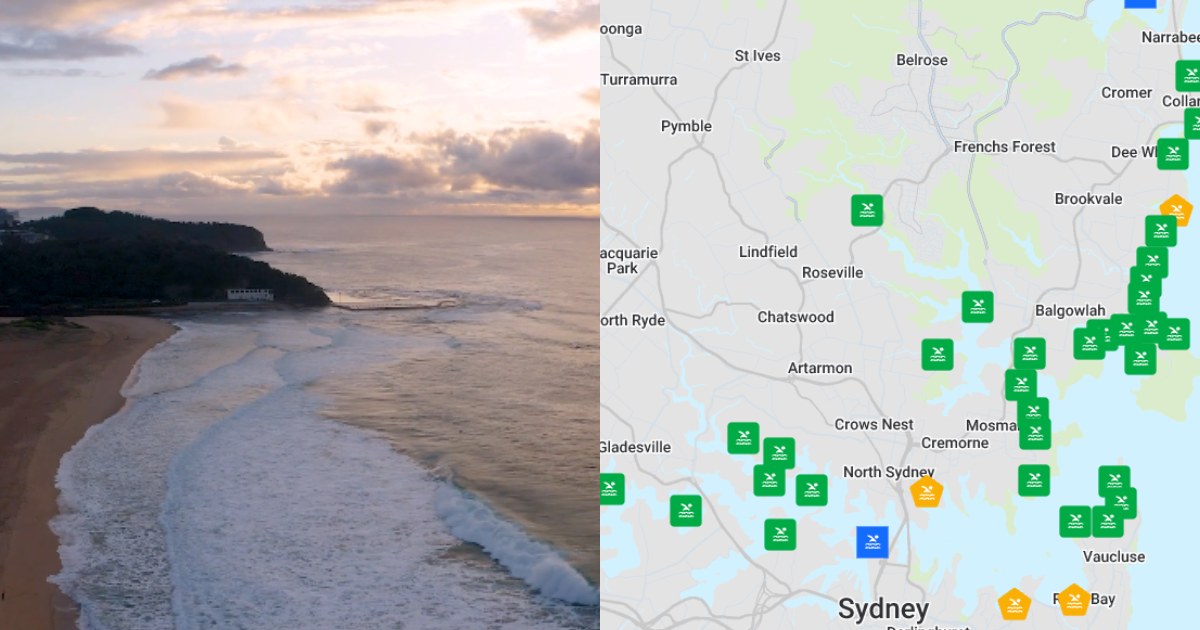South Australia is being devastated right now by a toxic algal bloom. Could New South Wales be next to experience an environmental disaster?
We spoke to a leading marine biologist about whether a toxic algal bloom event is foreseeable in Sydney waters

South Australia is currently being devastated by a harmful algal bloom, an event where excessive algae growth produces toxins, lowers oxygen levels, and harms or kills marine life. It's caused by a combination of inland flooding, warmer oceans and still oceans, all leading to the rapid growth of algae. Notably, the Deputy Premier of South Australia has stated that all three of these factors can be attributed to climate change.
Calling for a national disaster declaration from the federal government, Greens Senator Sarah Hanson-Young recently said that if such an event was happening on Bondi – or the North Shore – there would already be a response.
Marine biologist Professor Shauna Murray, who helped first identify the algae, told the North Shore Lorikeet such an event was entirely plausible and has happened before.
“We have had events like this in New South Wales before,” said Professor Murray, “in fact, we've had one on the Northern Beaches … there was a fish kill event in Curl Curl Lagoon … it was about ten years ago.”
Professor Murray conducted research on the Curl Curl bloom of an algae called Amphidinium cartarae. This particular bloom was not nearly as deadly or widespread as that seen in South Australia, but did result in the death of over 300 fish in the area.
According to Professor Murray, harmful algal blooms occur frequently in Australian oceans, but it is the scale and extent of the one occurring in South Australia that is unprecedented.
“They happen all the time. Normally they are fairly ephemeral, so they come and go in the space of a week or two and normally most of the public are not that aware of them because they affect the aquaculture industry first and foremost.
“We have had blooms of Karenia mikimotoi in New South Wales before, not on this scale though or lasting this long.”
Due to the significant effects these less-deadly blooms have on the aquaculture industry — most significantly, the oyster industry — the majority of Australia’s monitoring systems for algal bloom are established in the regions where this industry operates. However, beyond the water quality monitoring that the state food authority necessitates, waters without aquaculture industry — such as a significant amount of the South Australian coast — are left without monitoring.
According to Professor Murray, monitoring is the best way we can prepare for events like this in the future.
“We need really good monitoring. I think that's the key. So what happened in South Australia is that … the area where [it] started was not a shellfish aquaculture region.
“And that's why we didn't detect it until relatively late, in this case of the South Australian bloom. In New South Wales most of our estuaries actually have shellfish aquaculture, so we would probably detect it faster. Having said that, Sydney Harbour doesn't.”
“If it happened in Sydney Harbour, I reckon it would have been similar to what's happened in South Australia.”
The possibility of environmental disaster in Sydney waters, akin to that seen in South Australia, is entirely within the realm of possibility. For now, the South Australian bloom is ongoing, with Professor Murray stating that “we really don't know” when it will subside.
“We have had harmful algal blooms that lasted 4 to 5 months in Tasmania and even in parts of New South Wales from time to time, but they've generally not been ones that harmed the whole marine environment.”
Image credit: Great Southern Reef

